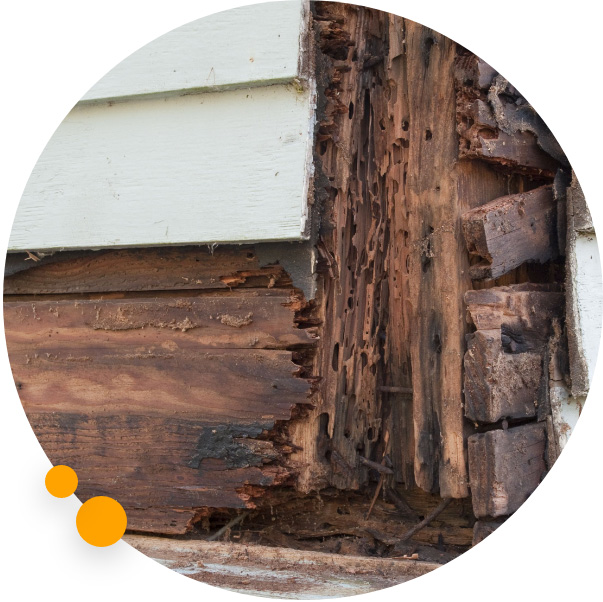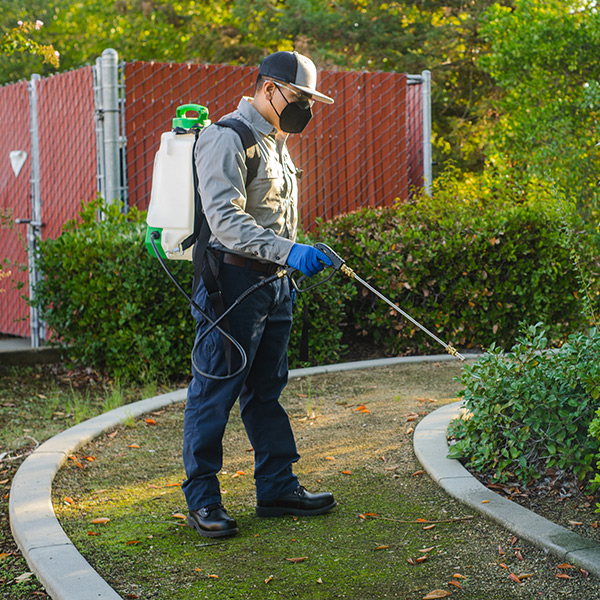One step closer to a problem-free real estate closing
- We are easy to get in touch with, especially through the escrow process, when it is most important.
- Our clear and thorough written reports include photographs and recommendations for work.
- Our inspectors are on time and reliable.
- We provide clear and thorough written reports.
- Our price is competitive so your clients get a great service and a great value.







